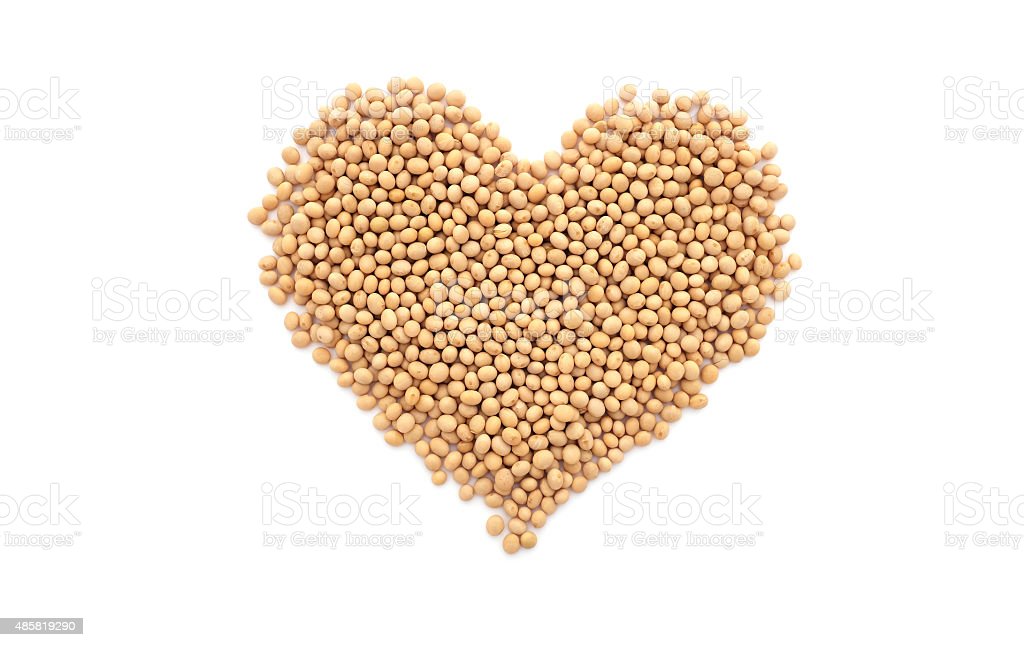As humans age, their bodies become relatively more susceptible to various diseases and health conditions. Age-related diseases, such as heart disease, osteoporosis, cancer, and cognitive decline, are becoming increasingly common among aging adults.
Fortunately, there are several natural remedies that can help to prevent and even cure these diseases. One such remedy is soy, which has been shown to have numerous health benefits. In this blog, we will explore the five benefits of soy in curing age-related diseases.
Soy is a legume that has been cultivated for thousands of years and is a staple food in many cultures worldwide. It is rich in protein, fiber, vitamins, and minerals, making it an excellent addition to a healthy diet. In recent years, soy has gained popularity due to its potential health benefits. Let’s take a closer look at some of these benefits.
1: Soy can lower the risk of heart disease
Most of us already know heart disease is one of the leading causes of death worldwide, and its prevalence increases with age. That said, soy can help to reduce the risk of heart disease in aging adults and contains compounds called isoflavones, which have been shown to lower cholesterol levels. High cholesterol is one of the considerable risk factors for heart disease, so lowering cholesterol levels can help to alleviate the risk of developing this disease.
Several studies have shown that consuming soy protein can lower LDL (bad) cholesterol levels in the blood, which can help to reduce the risk of heart disease. Yet another study published in the American Journal of Clinical Nutrition found that soy protein significantly reduced LDL cholesterol levels in postmenopausal women with high cholesterol.
2: Soy can prevent osteoporosis
Did you know osteoporosis is a condition that causes bones to become weak and brittle, making them a bit more susceptible to fractures? It is a common condition in aging adults, especially women. Soy can help to prevent osteoporosis by improving bone health. Speaking of, estrogen is vital for maintaining bone density, and its levels decrease during menopause, leading to a loss of bone density.
One of the research pieces states that soy protein can improve bone health and prevent osteoporosis. In case you’re still stuck wondering ‘how soy can help with such a condition you can find here how sustainable soy acutually works and help in curing.
3: Soy can improve brain function

Cognitive decline is a common problem among aging adults, and it can lead to dementia and Alzheimer’s disease. Soy can help to improve brain function and memory, reducing the risk of cognitive decline. Because of phytoestrogens, soy can produce neuroprotective effects. Additionally, a study has shown that soy can enhance brain function and memory.
4: Soy can reduce the risk of cancer
Cancer is a significant health concern, and its prevalence increases with age. Soy can help reduce the risk of cancer by preventing the growth of cancer cells. Soy contains compounds called phytochemicals, which have been shown to have anti-cancer properties.
A study published in the American Journal found that soy consumption reduced the risk of prostate cancer in men. These studies suggest that the natural supplement can be an effective preventive measure against certain types of cancer. Moreover, the anti-cancer properties of soy are attributed to its phytochemical content, particularly isoflavones. Meanwhile, isoflavones are plant compounds that have been shown to inhibit cancer cell growth and induce apoptosis, or programmed cell death, in cancer cells.
In addition, soy isoflavones have been found to alleviate inflammation, which is one of the contributing factors to many types of cancer. It’s imperative to note that while soy has been shown to have the potential to decrease the risk of cancer, it should not be relied on as the sole means of cancer prevention. A balanced and healthy diet, regular exercise, and other healthy lifestyle choices can also play a fundamental role in reducing cancer risk.
5: Soy can alleviate menopausal symptoms
Menopause has been considered a natural transition in a woman’s life, but it can come with a host of uncomfortable symptoms like hot flashes, night sweats, and mood swings. In this case, soy can help alleviate these symptoms due to its phytoestrogen content.
Phytoestrogens are plant compounds that can mimic the effects of estrogen in the body. As women go through menopause, their estrogen levels decrease, leading to symptoms such as hot flashes. Soy isoflavones can help to compensate for the decrease in estrogen by binding to estrogen receptors in the body.
In a study on menopause, women who consumed soy supplements experienced a 26% reduction in hot flash frequency compared to women who were given a placebo. In addition to reducing hot flashes, soy consumption has been linked to enhanced bone health in menopausal women. As women age, their bone density decreases, leading to an increased risk of osteoporosis. Soy isoflavones have been found to improve bone density and alleviate the risk of fractures in menopausal women.
The verdict
From reducing the risk of heart disease and cancer to improving brain function and alleviating menopausal symptoms, soy is a versatile and powerful addition to a healthy diet. It’s important to note that not all soy products are created equal. Processed soy products, such as soy burgers and milk, may not have the same health benefits as whole soy foods like tofu and edamame. When incorporating soy into your diet, it’s best to choose whole soy foods and consume them in moderation.
Ultimately, incorporating soy into a healthy diet can be a beneficial step in preventing and managing age-related diseases. With its versatile applications and proven health benefits, soy is a valuable addition to any diet for aging adults.





